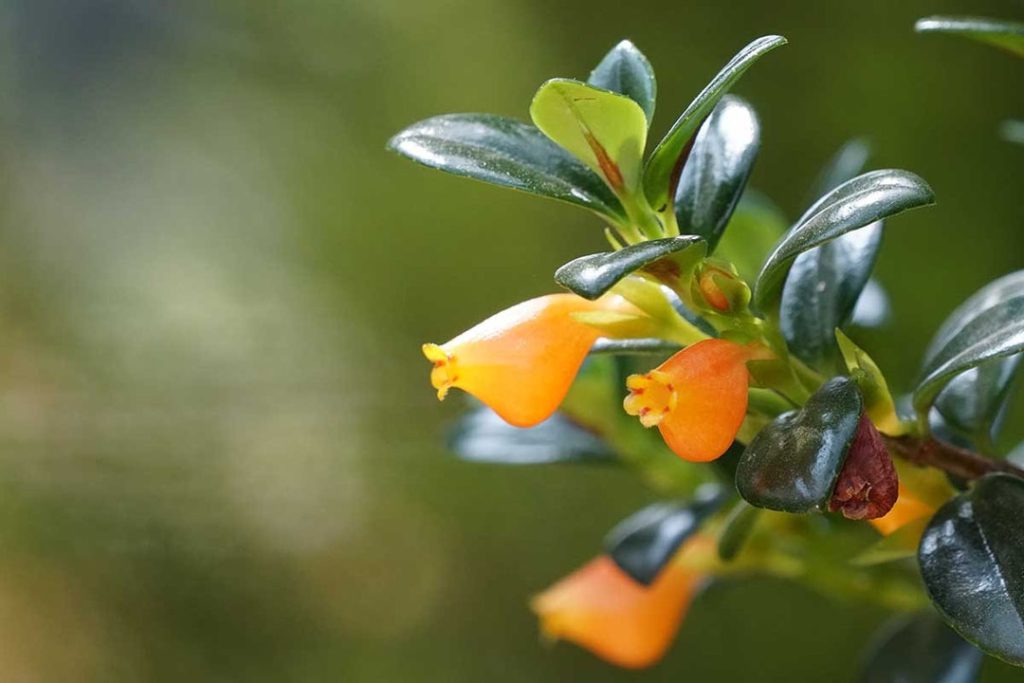Native to Central and South America, the Goldfish Plant is named for its vibrant, reddish- orange, fish- shaped flowers. Its blooms and waxy dark green leaves and long stems make this plant easily identifiable. Though it has a reputation for being a bit finicky, when well-cared for the Goldfish Plant is a profuse bloomer. They can grow as long as up to three feet, and flower heavily in the springtime. There are numerous species and cultivars of the goldfish plant, as the basic species has been significantly experimented with. Goldfish Plants are non-toxic to both humans and pets.
Goldfish Plants will thrive in bright, indirect light. The brighter the light, the more profusely it flowers.
Water using room temperature filtered or rain water when soil is 50% dry.
While the Goldfish Plant is adaptable to lower humidity, it will thrive in high humidity conditions. Ideal humidity is between 50%- 80%. Ideal temperature is between 65 to 85 degrees.
These plants can be propagated by stem cutting. Simply take stem tip cutting without flowers and insert in moist potting soil or water.
Spots can be an indication of overwatering or leaf spot disease. If the spots are brown and ringed with yellow, it is leaf spot disease. If so, remove the damaged areas with scissors, making sure to sanitize the blades after each snip. Keep leaves dry until spots clear up.
Try to move it to a spot with bright, indirect light and see if conditions improve. If your plant is actively growing, it is normal for it to drop some of its older leaves to make room for new growth.
